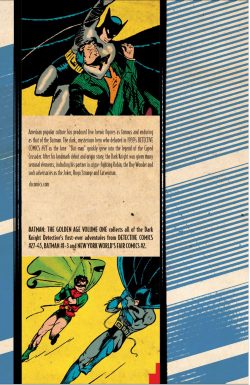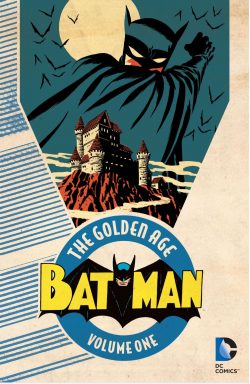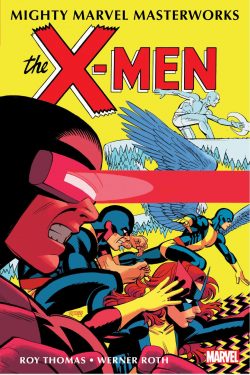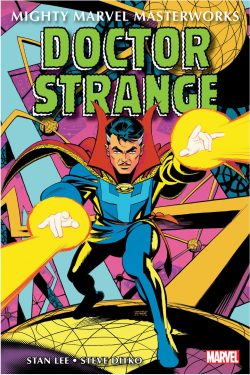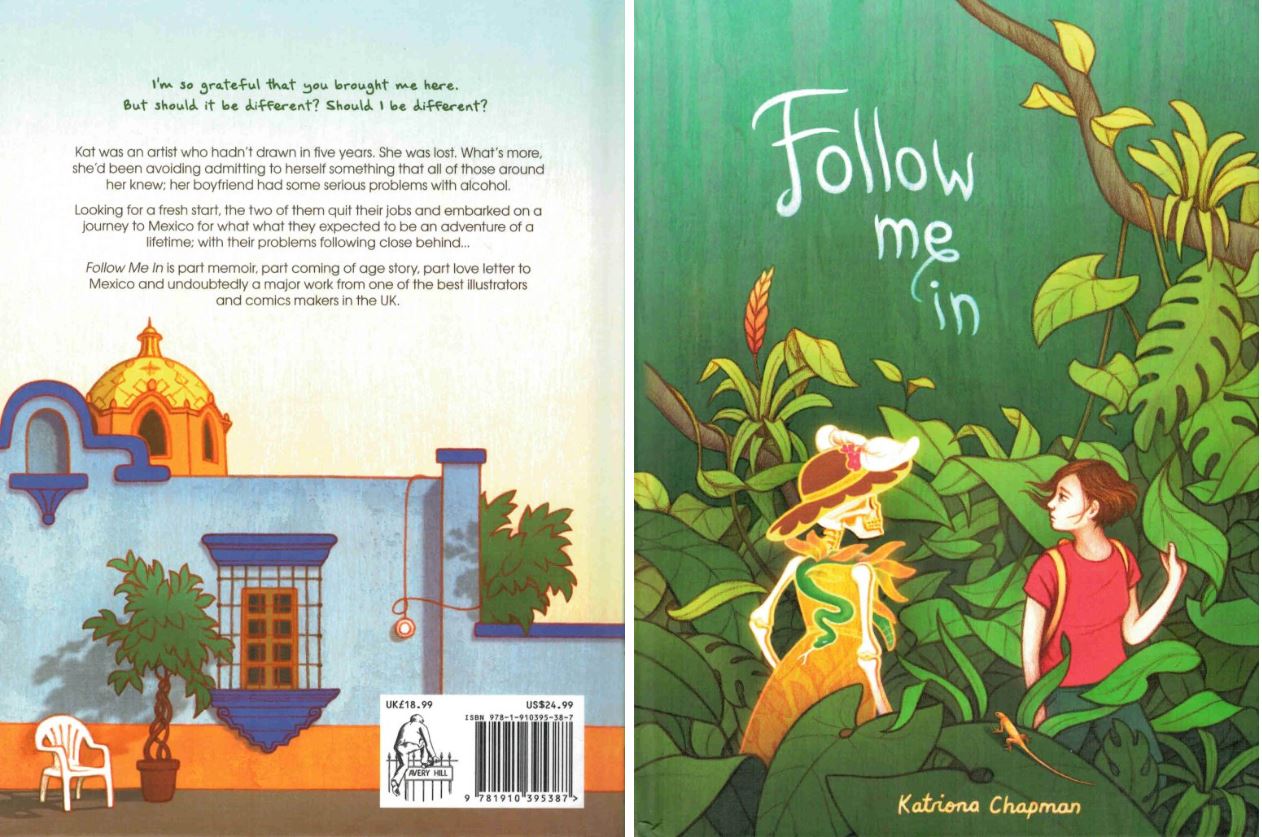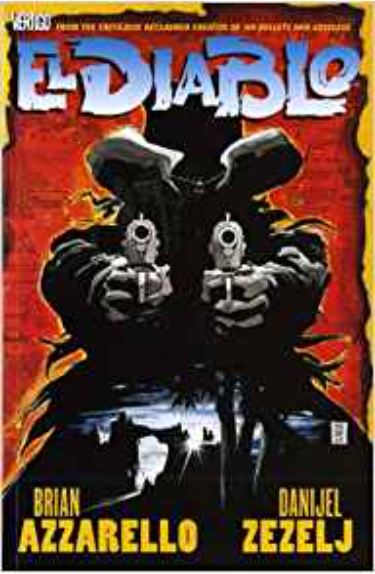
By Edmond Hamilton, Robert Bernstein, Jerry Siegel, Leo Dorfman, Al Plastino, Curt Swan, George Klein & various (DC Comics)
ISBN: 978-1-4012-1847-8 (TPB)
By the time of the stories in this fabulous fourth monochrome compendium Superman was a truly global household name, with the burgeoning mythology of lost Krypton, modern Metropolis and the core cast familiar to most children and many adults.
The Man of Tomorrow was just beginning a media-led burst of revived interest. In the immediate future, television exposure, a rampant merchandising wave thanks to the Batman-led boom in superheroes generally, highly efficient world-wide comics, cartoon, bubble gum cards and especially toy licensing deals would all feed a growing mythology. Everything was in place to keep the Last Son of Krypton a vibrant yet comfortably familiar icon of modern, Space-Age America: particularly constantly evolving, ever-more dramatic and imaginative comicbook stories.
Spanning October 1962 to February 1964 and taken from Action Comics #293-309 and Superman #157-166, here the Man of Tomorrow faces evermore fantastic physical threats and critical personal and social challenges.
AC #293 gets things off to a fine start with Edmond Hamilton & Al Plastino’s ‘The Feud Between Superman and Clark Kent!’ as another exposure to randomly metamorphic Red Kryptonite divides the Metropolis Marvel into a rational but powerless mortal and an aggressive, out of control superhero, determined to continue his existence at all costs…
Superman #157 (November 1962) opens with fresh additions to mythology as ‘The Super-Revenge of the Phantom Zone Prisoner!’ – Hamilton, Curt Swan & George Klein – introduces permanently power-neutralising Gold Kryptonite and Superman’s Zone-o-phone – allowing him to monitor and communicate with the incarcerated inhabitants in a stirring tale of injustice and redemption. Convicted felon Quex-Ul uses it to petition Superman for release since his sentence has been served, and despite reservations our fair-minded hero agrees. However, further investigation reveals Quex-Ul was framed and innocent of any crime, but before Superman can make amends, he must survive a deadly trap the embittered (and partially mind-controlled) parolee had laid for the son of the Zone’s discoverer…
The issue also carried a light-hearted espionage yarn as the Action Ace becomes ‘The Super-Genie of Metropolis!’ (Robert Bernstein & Plastino) as well as ‘Superman’s Day of Doom!’ from Jerry Siegel, Swan & Klein, wherein a little kid saves the hero from a deadly ambush set during a parade in his honour.
Action #294 contains a classic duel between Superman and Lex Luthor in Hamilton & Plastino’s ‘The Kryptonite Killer!’ wherein the sinister scientist makes elemental humanoids to destroy his hated foe, whilst #295’s ‘Superman Goes Wild!’ (Bernstein, Swan & Klein) features an insidious plot by the Superman Revenge Squad to drive him murderously insane.
Issue #158 of his solo title hosted full-length epic ‘Superman in Kandor!’ (Hamilton, Swan & Klein) as raiders from the preserved Kryptonian enclave attack the Man of Steel in ‘Invasion of the Mystery Supermen’, describing him as a traitor to his people. Baffled, Action Ace and Jimmy Olsen infiltrate the Bottle City: creating costumed alter egos Nightwing and Flamebird to become ‘The Dynamic Duo of Kandor!’ By solving the enigma, they save the colony from utter destruction in ‘The City of Super-People!’
Action #296 seemingly offers a man vs. monster saga in ‘The Invasion of the Super-Ants!’ (Hamilton & Plastino) but the gripping yarn has a sharp plot twist and timely warning about nuclear proliferation, before in #297’s ‘The Man Who Betrayed Superman’s Identity!’ (Leo Dorfman, Swan & Klein), veteran newsman Perry White is gulled into solving the world’s greatest mystery after a head injury induces amnesia.
Editor Mort Weisinger was expanding the series’ continuity and building the legend, and realised each new tale was an event adding to a nigh-sacred canon: what he printed was deeply important to the readers. However, as an ideas man he wasn’t going to let that aggregated “history” stifle a good plot, nor would he allow his eager yet sophisticated audience to endure clichéd Deus ex Machina cop-outs which might mar the sheer enjoyment of a captivating concept. Thus “Imaginary Stories” were conceived as a way of exploring non-continuity plots and scenarios, devised at a time when editors felt that entertainment trumped consistency and fervently believed that every comic read was somebody’s first and – unless they were very careful – their last…
Taken from Superman #159, this book’s first Imaginary Novel follows, as ‘Lois Lane, the Super-Maid of Krypton!’ (Hamilton, Swan & Klein) sees a baby girl escape Earth’s destruction by rocketing to another world in ‘Lois Lane’s Flight from Earth!’ Befriending young Kal-El, she grows to become a mighty champion of justice. Clashing with ‘The Female Luthor of Krypton!’ and repeatedly saving the world, Lois tragically endures ‘The Doom of Super-Maid!’ at a time when attitudes apparently couldn’t allow a woman to be stronger than Superman – even in an alternate fictionality…
Dorfman, Swan & Klein’s ‘Clark Kent, Coward!’ leads Action #298 wherein a balloon excursion dumps Jimmy, Lois and the clandestine crusader in a lost kingdom whose queen finds the timid buffoon irresistible. Unfortunately the husky hunks of the hidden land take extreme umbrage at her latest dalliance…
In #160 of his eponymous publication, our hero temporarily loses his powers in ‘The Mortal Superman!’ (Dorfman & Plastino), almost dying in ‘The Cage of Doom!’ before his merely human wits prove sufficient to outsmart a merciless crime syndicate, after which the mood lightens as – fully restored – he becomes ‘The Super-Cop of Metropolis!’ to outwit spies in a classy “why-dunnit” from Siegel, Swan & Klein.
Action #299 reveals the outlandish motives behind ‘The Story of Superman’s Experimental Robots!’ in a truly bizarre tale by Siegel & Plastino, whilst Superman #161 offers an untold tale revealing how he tragically learned the limitations of his powers. In ‘The Last Days of Ma and Pa Kent!’ (Dorfman & Plastino) a vacation time-travel trip led to his foster parents’ demise and only too late did the heartbroken hero learn his actions were not the cause of their deaths. It’s supplemented by ‘Superman Goes to War’ (Hamilton, Swan & Klein) lightening the mood as a war game covered by Daily Planet staff devolves into the real thing after Clark discovers some participants are actually aliens.
Action Comics reached #300 with the May1963 issue ,and to celebrate Hamilton & Plastino crafted brilliantly ingenious ‘Superman Under the Red Sun!’ wherein the Man of Tomorrow is trapped in the far, far future where Earth’s sun has cooled to crimson and his powers fade. The valiant chronal castaway suffers incredible hardship and danger before devising a way home, just in time for #301 and ‘The Trial of Superman!’ – by the same creative team – as the Man of Steel allows himself to be prosecuted for Clark Kent’s murder to save America from a terrible threat.
Dorfman, Swan & Klein’s ‘The Amazing Story of Superman-Red and Superman-Blue!’ (Superman #162) is possibly the most ambitious and influential tale of the entire “Imaginary Tale” sub-genre: a startling utopian classic so well-received that decades later it influenced and flavoured the post-Crisis on Infinite Earths Superman continuity for months. It still does today. The Metropolis Marvel permanently divides into two equal beings in ‘The Titanic Twins!’, who promptly solve all Earth’s problems with ‘The Anti-Evil Ray!’ and similar scientific breakthroughs before both retiring with pride and the girls of their dreams, Lois Lane and Lana Lang (one each, of course) in ‘The End of Superman’s Career!’…
There’s no record of who scripted Action #302’s ‘The Amazing Confession of Super-Perry White!’ but Plastino’s slick, beefy art lends great animation to a convoluted tale with the Man of Steel replacing the aging editor to thwart an assassination plot, accidentally giving the impression that podgy Perry is his actual alter ego…
Superman #163 offered crafty mystery in ‘Wonder-Man, the New Hero of Metropolis!’ (Hamilton, Swan & Klein) who almost replaces the Man of Steel, were it not for his tragic foredoomed secret, before ‘The Goofy Superman!’ (Bernstein & Plastino) sees Red K deprive the hero of powers and sanity, resulting in a fortuitous stay in the local Home for the Perpetually Bewildered – since that’s where a cunning mad bomber is secretly hiding out…
In Action #303 Hamilton, Swan & Klein have the infernal mineral transform Superman into ‘The Monster from Krypton!’, almost dying at the hands of the army and a vengeful Supergirl who believes her cousin has been eaten by the dragon he’s become, and #304 hosted ‘The Interplanetary Olympics!’ (Dorfman, Swan & Klein), as Superman deliberately throws the contest and shames Earth… but only for the best possible reasons!
Courtesy of Hamilton, Swan & Klein in Superman #164 (October 1963) comes classic clash ‘The Showdown Between Luthor and Superman’, pitting the lifelong foes in an unforgettable confrontation on post-apocalyptic planet Lexor – a dead world of lost science and fantastic beasts. ‘The Super-Duel!’ offers a new side to Superman’s previously 2-dimensional arch-enemy and the issue also includes ‘The Fugitive from the Phantom Zone!’ (Siegel & Plastino): a smart vignette with Superman outwitting a foe he can’t beat by playing on his psychological foibles…
Action #305 featured Imaginary Story ‘Why Superman Needs a Secret Identity!’ (Dorfman, Swan & Klein) detailing personal tragedies and disasters following Ma & Pa Kent’s proud and foolish public announcement that their son is an alien Superboy, whilst Superman #165’s ‘Beauty and the Super-Beast!’ and conclusion ‘Circe’s Super-Slave’ (Bernstein, Swan & Klein), see the Man of Steel seemingly helpless against the ancient sorceress. In fact, the whole thing is an elaborate hoax to foil alien invaders of the Superman Revenge Squad. The issue’s third tale, ‘The Sweetheart Superman Forgot!’ (Siegel & Plastino) offers heartbreaking forbidden romance wherein powerless, amnesiac and disabled Superman meets, loves and loses a good woman who wants him purely for himself. When memory and powers return, Clark has no recollection of Sally Selwyn, who’s probably still pining faithfully for him…
Action #306 sees Bernstein & Plastino tweak the Prince and the Pauper in ‘The Great Superman Impersonation!’ as Kent is hired to protect a South American President because he looks enough like Superman to fool potential assassins. Of course it’s all a byzantine con, but by the end who’s conning who?
The reporter’s crime exposés make ‘Clark Kent – Target for Murder!’ in Action #307 (by an unattributed scripter with Swan & Klein) but villainous King Kobra makes the mistake of his life when the hitman he hires turns out to be the intended victim in disguise, after which #308 concentrates on all-out fantasy as ‘Superman Meets the Goliath-Hercules!’ (anonymous & Plastino) after crossing into a parallel universe. Before returning, the Action Ace helps a colossal demigod perform “the Six Labours of King Thebes” in a yarn clearly cobbled together in far too much haste.
Superman #166 (January 1964) features ‘The Fantastic Story of Superman’s Sons’ by Hamilton, Swan & Klein: an Imaginary Tale/solid thriller built on a painful premise – what if only one of Superman’s children inherits his powers? (Sounds a bit familiar now, no?) The saga starts with ‘Jor-El II and Kal-El II’ and the discovery that Kal junior takes after his Earth-born mother. He subsequently grows into a teenager with real emotional problems and, hoping to boost his confidence, dad packs both boys off to Kandor so they’ll be physically equal. Soon the twins find adventure as ‘The new Nightwing and Flamebird!’
However, when a Kandorian menace escapes to the outer world, it’s up to the human son to save Earth following ‘Kal-El II’s Mission to Krypton!’ which wraps everything up in a neat and tidy bundle of escapist fun.
This volume closes with a strange TV tie-in tale from Action Comics #309 as an analogue of This Is Your Life honours Superman by inviting all his friends – even the Legion of Super-Heroes and especially Clark Kent – to ‘The Superman Super-Spectacular!’ (Hamilton, Swan & Klein). With no other option, the hero must share his secret identity with someone new so that they can impersonate him. Although there must be less convoluted ways to allay Lois’ suspicions, this yarn includes perhaps the oddest guest star appearance in comics’ history…
These tales are the comic book equivalent of bubble gum pop music: perfectly constructed, always entertaining, occasionally challenging and never unwelcome. As well as containing some of the most delightful episodes of a pre angst-drenched, cosmically catastrophic DC, these fun, thrilling, mind-boggling and yes, frequently moving all-ages stories also perfectly depict changing mores and tastes that reshaped comics between the safely anodyne 1950s to the seditious, rebellious 1970s, all the while keeping to the prime directive of the industry – “keep them entertained and keep them wanting more”.
I know I certainly do…
© 1962-1964, 2008 DC Comics. All Rights Reserved.


